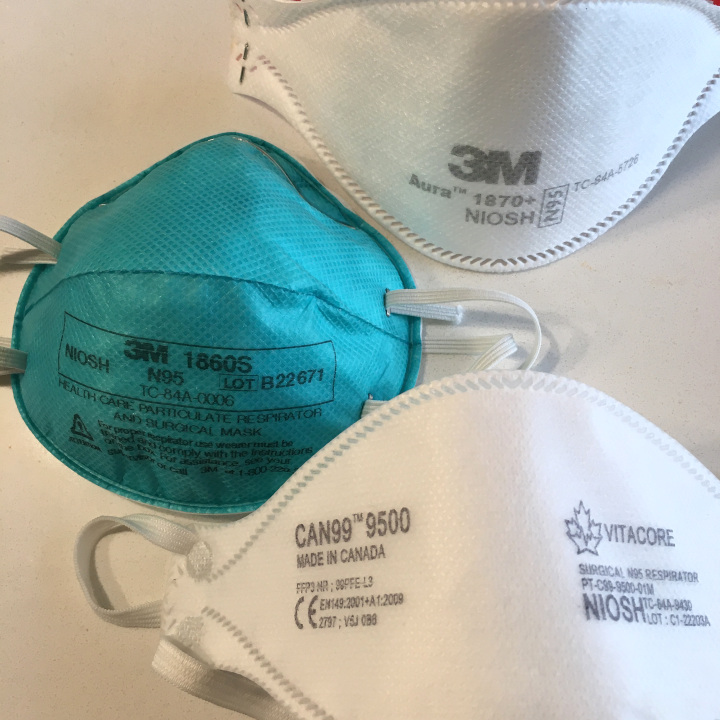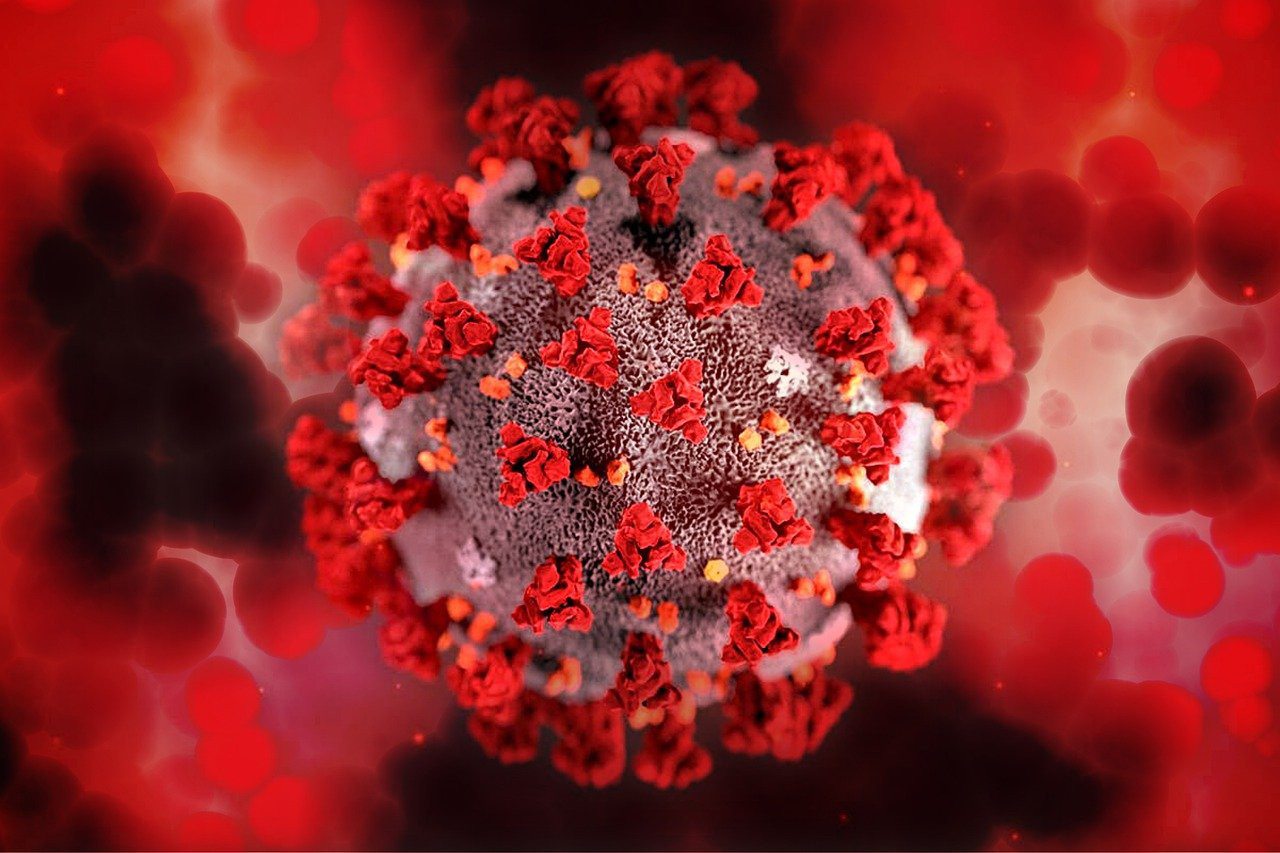Kaylee Byers is an assistant professor in the faculty of health sciences and senior scientist at the Pacific Institute on Pathogens, Pandemics and Society at Simon Fraser University. Julia Smith is an assistant professor in the faculty. Kayli Jamieson is a master’s student in communication and a research assistant for the Pacific Institute. Rackeb Tesfaye is director of knowledge mobilization at the institute. This article was originally published by the Conversation.
We are living through a mass-disabling event: Over 200 million people worldwide have long COVID. In Canada, one in nine people have experienced long COVID symptoms, and this is likely an underestimate.
Occurring weeks to months after a COVID-19 infection, this multi-system chronic illness has led to what some have called “the shadow pandemic.” Although millions are navigating this new illness, four years into the pandemic both patients and their caregivers continue to face challenges accessing the information and care they need.
Most Canadians have had COVID, and at least one in five have been infected more than once. These trends are troubling because evidence suggests that the risk of acquiring long COVID increases with reinfection.
Image description: A stylized image of a SARS-CoV-2 virus particle, depicted with bright red colours. Illustration by Gerd Altmann from Pixabay.

